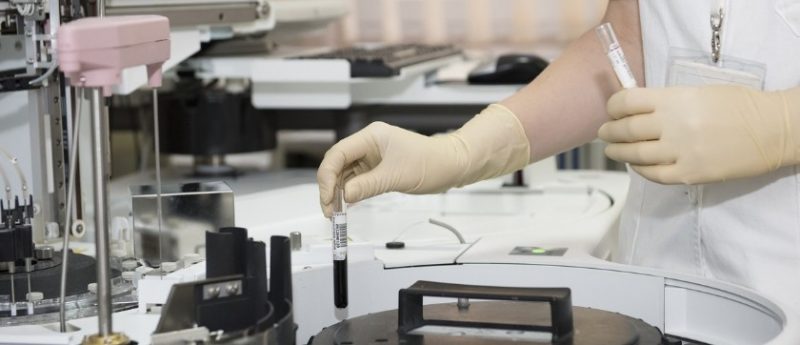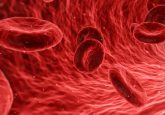Pancreatic cancer screening using a multiplatform human serum metabolomics system

Pancreatic ductal adenocarcinoma (PDAC) is one of the leading causes of cancer death. PDAC is the fourth and fifth leading cause of cancer death in males and females in developed countries, respectively. Worldwide, there were 277,668 new cases and 266,029 deaths from PDAC in 2008 [1]. PDAC has a poor prognosis (5-year survival rate: 5–6%) [2,3] due to the difficulty of diagnosing the disease early [4]. Only surgical resection can cure PDAC, but more than 80% of patients with PDAC have unresectable tumors because its disease is commonly discovered at a late stage [5,6].
Carbohydrate antigen19-9 (CA19-9), which is the best marker of PDAC now, was discovered in 1979 [7,8]. In PDAC, CA19-9 is useful for certain purposes, such as monitoring the response to treatment against PDAC; however, it does not aid the early detection of PDAC, because it exhibits low sensitivity for the resectable stages of PDAC. Actually, only 50% of cases of PDAC involving tumors of <20 mm in diameter display the elevated CA19-9 level [9]. Many putative serum markers have also failed to aid the early diagnosis of PDAC. On the other hand, various imaging modalities including ultrasonography, endoscopic ultrasonography, computed tomography, magnetic resonance imaging and 18F-fluorodeoxyglucose positron emission tomography have been reported to be useful for detecting PDAC in the past 10 years. However, it is still difficult to detect early stage PDAC using these modalities. Therefore, the novel screening and diagnostic methods for PDAC, for example, novel biomarkers, are strongly needed.
Click here to view the full article in Biomarkers in Medicine.





